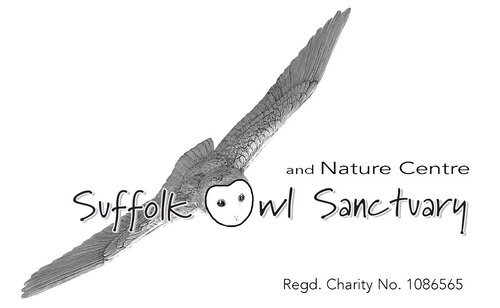Warden Julie Finnis writes:
Today three of our summer flying demonstration team were taken out of their winter aviaries and equipped with anklets and jesses to start exercising and be ready for Easter, when our display season starts.
During the winter months we give all our demonstration birds extra food to help them through the cold weather and to encourage their feathers to moult. The drawback is that at the start of the exercise season, all that weight needs to come off again.
All the birds in the team have what is called a "flying weight", which is the weight at which they respond to the food rewards and will fly to get them - this gives our visitors the chance to see each bird demonstrate its aerial virtuosity. At "fat weight" owls and other birds of prey cannot be bothered to fly because they don’t need the food. This is exactly like the situation they evince in the wild, where a bird will only fly when it needs to hunt and will spend the rest of the time sitting quietly on a perch somewhere.
The three birds that started exercising today have got quite a bit of dieting to do!
Our European Eagle Owl 'Rheia' (pictured above and who, incidentally, has been with us for coming up to 12 years) tops the scales at 6lb 9oz. Her ideal flying weight will be around 5lb 7oz.
Our Common Buzzard 'Ash' weighed in at 2lb 9oz and has a target weight of 2lb.
Meanwhile the lightweight Lanner Falcon 'Flint' weighed in at a mere 1lb 6oz and will aiming for 1lb 1oz.
As a very general rule a bird needs to lose around 25% of its body weight to get to "flying weight", although the actual weight is specific to the bird - they are all individuals. These three are all aiming for there or thereabouts, and if so you were to put in the context of a human who had a "fat weight" of 12 stone, their "flying weight" would be about 9 stone!
We'll keep you posted on their progress but do come and see us from Easter onwards, when all three should be happily soaring around the demonstration ground.
